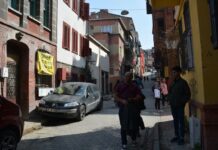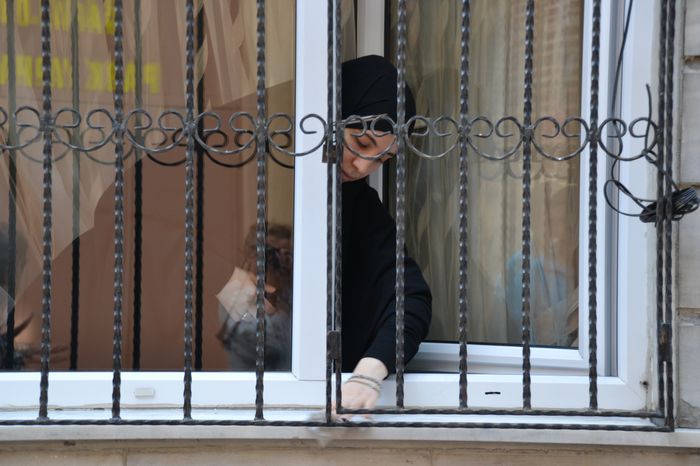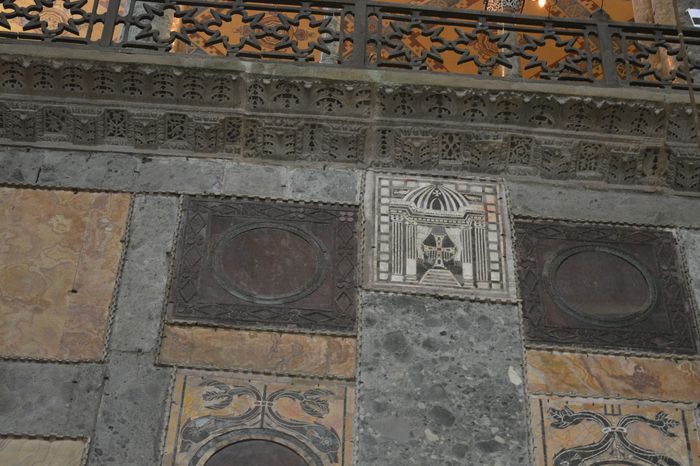The Objection to Their Identification
Some historians have argued that the Porta Hebraica (the Hebrew Gate) and the Gate of the Perama were two different entrances, rather than two names for the same gate. This view is often supported by the map of Bondelmontius, a fifteenth-century traveler, who labels the two gates separately. According to his map, the Porta Perama and the Porta Judeae (another name for the Hebrew Gate) appear as distinct locations. Furthermore, it is pointed out that after the Turkish Conquest of Constantinople in 1453, the same distinction continued to exist. The Ottomans recognized both a Gate of the Perama and another called Tchifout Kapoussi, which literally means “Gate of the Jews.”
At first glance, these facts appear to challenge the theory that the Porta Hebraica and the Gate of the Perama were the same entrance during the Byzantine period. However, a closer look at the geography and historical evidence tells a different story City Tours Istanbul.
The True Location of Tchifout Kapoussi
The Ottoman Tchifout Kapoussi of later centuries was not the same gate as the Byzantine Porta Hebraica described in twelfth- and thirteenth-century Venetian records. In fact, historical sources clearly identify Tchifout Kapoussi with the modern Bagtche Kapoussi, located near the Stamboul Custom House. This site is situated much further east along the Golden Horn, close to the Seraglio Point, the tip of the old Byzantine acropolis.
Bondelmontius’s map also places his “Porta Judeae” near this same eastern area, close to the promontory of the old palace. Yet we know for certain that the Venetian quarter in Byzantine Constantinople did not extend nearly that far east. The Venetian settlement was located farther west, near Balouk Bazaar Kapoussi, well within the middle section of the harbour walls. Therefore, Bondelmontius’s “Porta Judeae” cannot represent the original Porta Hebraica that appeared in the twelfth-century imperial charters.
The Gates and the Foreign Quarters
In Byzantine times, the Bagtche Kapoussi area corresponded to the Porta Neoriou, or Gate of the Dockyard. This gate was not associated with the Venetian traders at all. Instead, it lay beyond the limits of their district and was separated from them by other foreign settlements. To the west of the Porta Neoriou stood the Amalfitan and Pisan quarters, and to the east of it stretched the Genoese colony. This division of districts is confirmed in several medieval documents that describe the organization of the harbour area and its foreign communities Gate of Neorion.
Because of this layout, the Porta Hebraica of the twelfth and thirteenth centuries—clearly part of the Venetian quarter—could not possibly have been the same gate as the later Bagtche Kapoussi. The later transfer of the name “Hebrew Gate” to a different location must have occurred sometime between the fourteenth and fifteenth centuries, as the topography of the city changed and new communities settled along the shore.
Understanding the Change of Names
This change in name does not contradict the earlier evidence that Porta Hebraica and Gate of the Perama once referred to the same entrance. Instead, it shows how names of gates in Constantinople, as in many ancient cities, often shifted over time as neighbourhoods changed. The Jewish community, which originally lived near the Gate of the Perama, later moved eastward, closer to the Seraglio area. When this happened, the title “Hebrew Gate” was simply transferred to the new location of the Jewish quarter.
Thus, the difference noted by Bondelmontius or observed after the Ottoman conquest reflects a later development, not the conditions of the twelfth and thirteenth centuries. During the height of Byzantine power and Venetian trade, the Porta Hebraica and the Gate of the Perama were indeed one and the same.
In summary, the apparent distinction between the Porta Hebraica and the Gate of the Perama is a result of historical changes in the city’s population and geography. The Bagtche Kapoussi and the later Tchifout Kapoussi belonged to a different period and a different community. The evidence from earlier centuries—imperial grants, Venetian charters, and geographical limits—proves that both names once pointed to a single, significant entrance on the Golden Horn, serving as the heart of the Venetian quarter and the neighboring Jewish settlement of Byzantine Constantinople.







